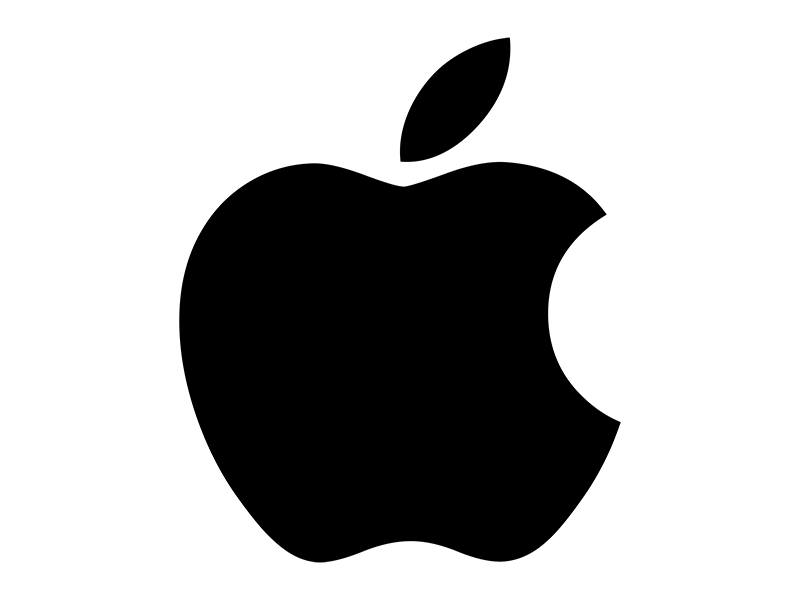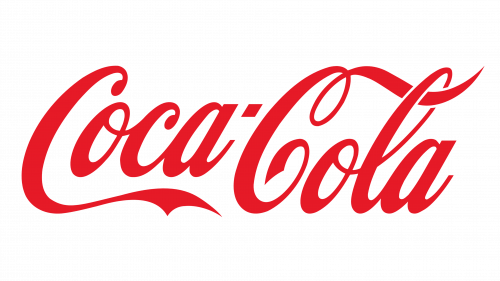//
Nov 7, 2023
The Power of Brand Consistency: Key Strategies for Unleashing Business Success
Establishing and maintaining a strong brand identity is crucial for business success.
A consistent brand image not only builds trust and brand loyalty but also sets you apart from the crowd. In this blog post, we'll explore the significance of brand consistency and provide actionable strategies to help you achieve and maintain it for your business.
Introduction to Brand Consistency
What is Brand Consistency?
Brand consistency refers to the practice of presenting a uniform brand image across all customer touchpoints. It involves maintaining the same visual elements, tone, messaging, and customer experience in all interactions with .
Why is Brand Consistency Important?
Brand consistency plays a pivotal role in influencing consumer perceptions and trust. When customers encounter your brand repeatedly and experience a consistent message and image, it fosters trust and familiarity. This, in turn, leads to and engagement.
Elements of Brand Consistency

Visual Identity
Logos:
A logo is the face of your brand. It's crucial to that's not only visually appealing but also representative of your brand's values and mission. A consistent logo across all platforms ensures instant recognition. Whether it's your website, social media profiles, or physical marketing materials, the logo should remain unchanged in design and color.
Color Schemes:
Colors play a significant role in brand recognition and evoke specific emotions in consumers. Consistency in . It's essential to select a primary color palette and complementary colors that resonate with your brand's personality and stick to it across all marketing materials, digital platforms, and physical products.
Typography:
Choosing appropriate fonts that reflect your brand's voice is crucial. Consistency in not only aids recognition but also reinforces brand personality. Whether it's a bold and modern font or a classic and elegant typeface, using the same fonts across all communication maintains uniformity and coherence in your messaging.
Imagery:
Images used in your branding, advertising, and marketing collateral should align with your brand's identity. Whether it's photographs, illustrations, or graphics, they should follow a consistent style, be it minimalistic, vibrant, or professional. These images need to convey the same message and emotion that align with your brand's values and resonate with your target audience.
Tone and Messaging
Brand Voice:
Defining your brand's voice is essential. Are you conversational and friendly, or formal and professional? Establishing a consistent tone across all written and spoken communication is vital for creating a cohesive brand image. Your brand voice should align with your audience's expectations and your .
Messaging Consistency:
The message you convey should remain coherent, irrespective of the platform. Whether it's on social media, your website, or advertising campaigns, the core values, mission, and unique selling propositions should be communicated consistently. This ensures that your audience receives a unified and recognizable brand message.
Customer Experience
Service Consistency:
The customer experience should be seamless across all touchpoints. Whether it's in-store interactions, online shopping experiences, or customer service, maintaining consistent service standards is crucial. Consistency in service builds trust and fosters customer loyalty.
Brand Interaction:
From the way you engage on to the design and functionality of your website, every interaction a customer has with your brand should reflect the same values and tone. This ensures that customers feel a sense of familiarity and trust, regardless of where they interact with your brand.
Adaptation Across Platforms
It's not just about maintaining consistency within each element; it's also about ensuring that all these elements align across various platforms. From your website to your social media channels, email communications, and physical advertising, the consistency should be evident to create a coherent brand image for your audience.
Maintaining these elements collectively ensures that every touchpoint with your brand is an opportunity to reinforce and solidify your brand's identity and message. This unity and coherence in every aspect of your brand's representation foster recognition, trust, and ultimately, customer loyalty.
By paying attention to and aligning these elements, your brand becomes a cohesive entity that speaks with one voice and delivers a consistent experience across all customer interactions, strengthening its position and resonance in the market.
Turn your personas into conversion powerhouses
Gain the industry insights, data-driven solutions, and dedication you need to succeed.
Challenges and Solutions in Maintaining Brand Consistency

Challenge 1: Expanding Brand Across Multiple Platforms
Challenge: As your business grows, maintaining consistency across various platforms becomes increasingly challenging. Each platform might have its own requirements, leading to potential inconsistencies in branding.
Solution: Create Comprehensive Brand Guidelines
Developing a detailed is essential. This document should encompass guidelines for logo usage, color schemes, typography, tone, and messaging. It acts as a reference for your team, ensuring they understand how to maintain consistency across different platforms. The guideline should address specific requirements for each platform, ensuring a unified brand representation.
Challenge 2: Employee Alignment
Challenge: Ensuring all team members understand and adhere to the brand guidelines can be difficult, especially in larger organizations or when onboarding new employees.
Solution: Educate and Train Your Team
Organize training sessions or workshops that focus on your brand's values, identity, and the importance of consistency. Provide practical examples and to illustrate the significance of brand consistency. Encourage regular communication within the team to reinforce these principles and ensure everyone is on the same page.
Challenge 3: Evolving Market Trends
Challenge: Market trends and consumer preferences are continually evolving. Adapting to these changes while maintaining brand consistency can be tricky.
Solution: Balancing Adaptation with Core Brand Values
Regularly review your brand guidelines to ensure they are adaptable without compromising the core elements of your brand. Stay informed about market trends and technology advancements, and assess their potential impact on your brand. Adapt your strategies accordingly, while ensuring they align with your brand's established identity and values.
Challenge 4: Scaling Up
Challenge: Maintaining brand consistency as your business scales up can be a significant challenge. With increased operations and a larger team, consistency becomes harder to monitor and manage.
Solution: Brand Management Team or Consultant
Consider establishing a dedicated responsible for ensuring consistency across all touchpoints. This team can oversee the implementation of brand guidelines and act as the point of contact for any branding-related queries. Alternatively, hiring a brand consultant can provide expert guidance and support in maintaining brand consistency as your business expands.
Challenge 5: International Markets and Cultural Differences
Challenge: Expanding into international markets introduces cultural differences that may require adjustments in branding strategies.
Solution: Localization and Cultural Sensitivity
While maintaining brand consistency, allow room for localization and adaptation in your branding strategies. Understand the cultural nuances of the markets you're entering and make necessary adjustments to ensure your brand message is received positively and aligns with local preferences. This might include language variations, imagery adjustments, or changes in marketing tactics to suit different cultural expectations.
Addressing these challenges by implementing the suggested solutions will help ensure a more consistent and coherent brand image, even in the face of expansion, market changes, and diverse cultural landscapes. Brand consistency isn't just about uniformity; it's about adapting and maintaining a unified identity that resonates with diverse audiences while staying true to the core values of your brand.
Brand Consistency Examples
To better illustrate the impact of brand consistency, let's look at some real-world examples:
1. Apple

Apple is a prime example of a brand that has mastered consistency in its visual identity. From the iconic apple logo to minimalist product design, brand is instantly recognizable. The consistency in product quality, design, and messaging has contributed to its global success and brand loyalty.
2. Coca-Cola

is another excellent example. Its red and white color scheme, distinct typography, and consistent messaging have helped it become one of the most recognized and valued brands in the world. Coca-Cola's brand consistency has created a strong emotional connection with consumers.
3. Starbucks

consistently delivers a unique customer experience across its global chain of coffee shops. From the cozy atmosphere to the signature green logo, Starbucks offers a consistent brand experience, making customers feel at home, no matter where they are in the world.
The Future of Brand Consistency
The digital landscape is continually evolving, and so is the concept of brand consistency. Here are some insights into the future of brand consistency:
Personalization: Brand consistency will need to incorporate personalized experiences to cater to individual customer preferences.
Multichannel Integration: As businesses expand across various digital platforms, maintaining brand consistency will become more challenging and important.
Evolving Trends: Staying up to date with emerging digital marketing trends will be crucial to maintaining brand relevance and consistency.
Consistent Branding Builds Trust
In a world flooded with information and choices, brand consistency is your beacon of recognition and trust. It builds loyalty, fosters trust, and sets you apart from the competition.
By following the strategies and best practices outlined in this article, you can unleash the power of brand consistency to drive business success in the digital age.
Don't underestimate the impact of consistency – it might just be the key to taking your brand to new heights.
View our and contact a digital expert today!







